
Ingredient
Yams
Versatile Tubers
Yams are starchy root vegetables with a sweet and earthy flavor. They have a dense and firm texture, similar to potatoes, and come in various colors, including orange, purple, and white. These tubers are a staple in many cuisines and can be boiled, roasted, mashed, or fried to create a multitude of dishes.
Origins and history
Yams have a rich history dating back thousands of years, originating in Africa and Asia. They were cultivated by ancient civilizations and played a vital role in their diets. Yams hold cultural significance in many regions, often associated with celebrations and festivals.
Nutritional information
Yams are a good source of fiber, potassium, vitamin C, and antioxidants. They are also low in fat and calories, making them a nutritious addition to meals. The calorie content varies depending on the cooking method and serving size.
Allergens
Individuals with latex allergies may experience cross-reactivity when consuming yams.
How to select
Choose yams that are firm, smooth, and free from blemishes or soft spots. Look for vibrant skin color, as it indicates freshness. Avoid yams with signs of mold or sprouting. Opt for smaller to medium-sized yams, as they tend to be more flavorful and less fibrous.
Storage recommendations
To prolong the shelf life of yams, store them in a cool, dark, and well-ventilated place, such as a pantry or cellar. Keep them away from moisture and direct sunlight, as these can cause spoilage. Use within a week or two for the best quality.
How to produce
Yams can be grown in warm climates with well-drained soil. They require a long growing season and plenty of sunlight. Plant yam slips or tubers in the ground, ensuring proper spacing and watering. Regularly weed and fertilize the plants to promote healthy growth.
Preparation tips
Before cooking yams, peel off the skin using a vegetable peeler or knife. Cut them into desired shapes or sizes. Boil, roast, steam, or fry yams depending on the recipe. They can be used in both sweet and savory dishes, such as soups, stews, fries, pies, and cakes.
Substitutions
Sweet potatoes can be used as a substitute for yams, as they share a similar sweet flavor and texture. However, it's important to note that true yams are not widely available in most regions, and what is commonly referred to as yams are often sweet potatoes.
Culinary uses
Yams are widely used in African, Caribbean, and Southeast Asian cuisines. They are commonly used in stews, curries, soups, and side dishes. In Western cuisines, yams are often enjoyed as a roasted or mashed side dish, or incorporated into pies and desserts.
Availability
Yams are commonly cultivated in tropical and subtropical regions, including Africa, Asia, the Caribbean, and Central America. They are also grown in some parts of South America and the Pacific Islands.
More ingredients from this category
Recipes using Yams » Browse all
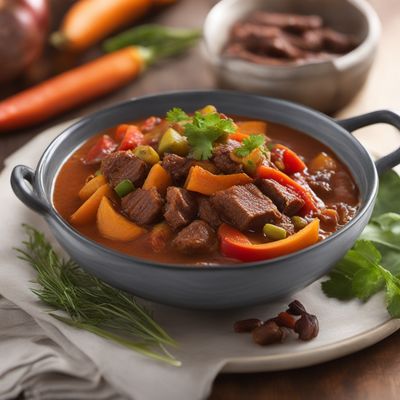
Martinican Pochero
Exotic Island Stew: Martinican Pochero

Caribbean Spiced Coconut Curry
Tropical Delight: Caribbean Spiced Coconut Curry

Cypriot-style Yam Ragout
Savory Yam Delight: A Cypriot Twist on Ragout d'igname
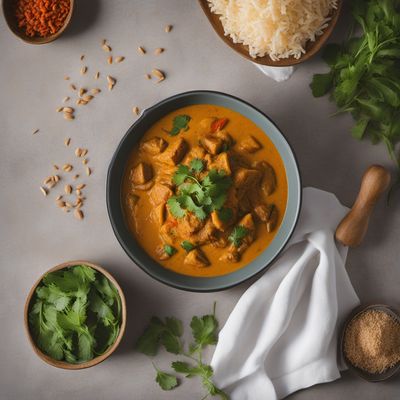
Vanuatuan Coconut Fish Curry
Tropical Delight: Vanuatuan Coconut Fish Curry
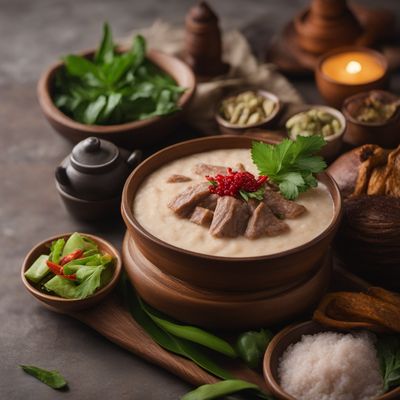
Authentic African Fufu
Savory African Fufu Delight

Caribbean Fanesca
Tropical Delight: Caribbean Fanesca
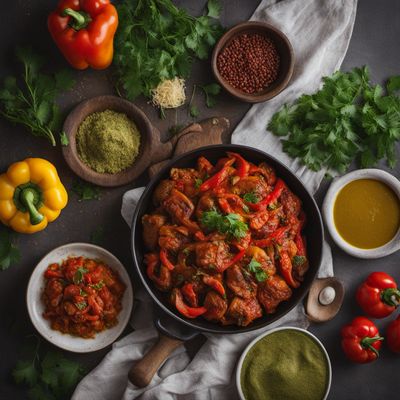
Yamal Gizdodo
Savory Yamal Delight: Yamal Gizdodo

Chikanda Fusion Delight
Spiced Yam and Peanut Fritters with a Twist

Grenadian Coconut Oil Down
Tropical Delight: Grenadian Coconut Oil Down

Tororo Soba with Grilled Chicken
Silky Smooth Soba Delight with Grilled Chicken
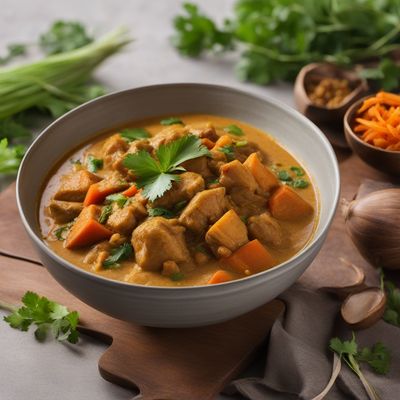
Melanesian-style Coconut Chicken Curry
Tropical Delight: Melanesian Coconut Chicken Curry

Soulful Laplap Delight
Soulful Laplap Delight: A Hearty Fusion of Vanuatuan and Soul Food Flavors
